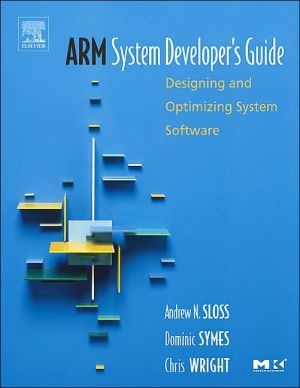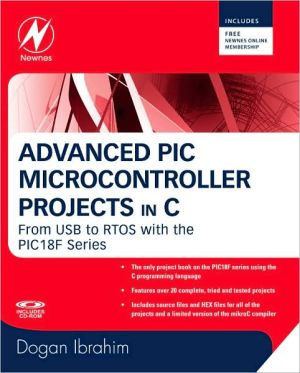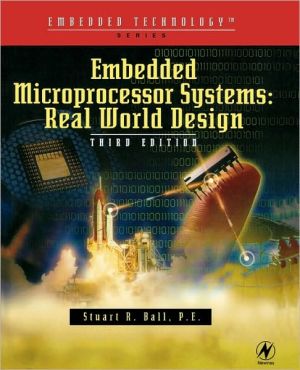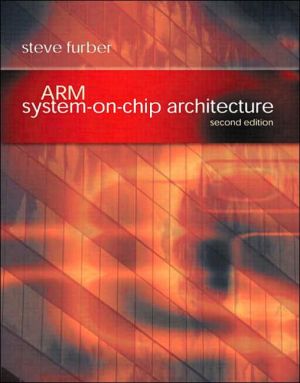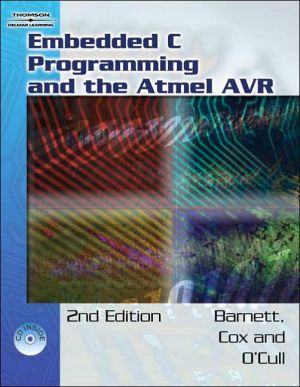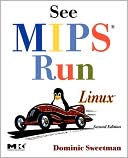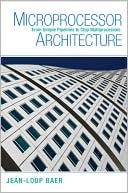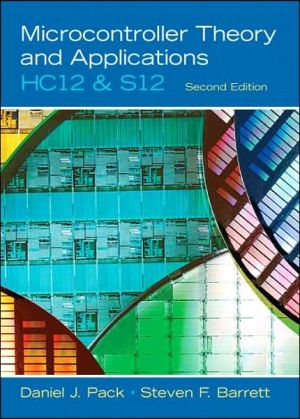Programming PLCs Using Rockwell Automation Controllers
Programming PLCs: Using Rockwell Automation Controllers teaches how to program and integrate PLCs. It provides a comprehensive coverage of the following topics:\ \ PLC history and the fundamental of programming\ Number systems and coils and contacts\ Rockwell addressing\ I/O modules and wiring\ Advanced programming\ Wiring and practical application of industrial sensors\ Industrial communications: ControlLogix and DeviceNet\ Safety and lockout/tagout\ Installing and troubleshooting PLC...
Search in google:
This practical, understandable approach to PLC's, sensors, and communications addresses Rockwell in a comprehensive and clearly written fashion. This book is meant to make readers comfortable with programming and use. Each topic is clearly explained through the use of common, easy to understand examples.The programmable logic controller (PLC) is an amazing piece of technology, and this book provides comprehensive coverage of all of the topics associated with this subject. Beginning with a basic foundation for the use of PLC's, the book proceeds to cover number systems; contacts, coils, and programming fundamentals; Rockwell addressing; timers and counters and their use in addressing; I/O modules, wiring, and digital and analog modules; math instructions; advanced programming; industrial sensors; communications, ControlLogix, and DeviceNet; safety and lockout/tagout; and IEC 611313 programming.For personnel who program and integrate industrial controllers and devices.
The programmable logic controller (PLC) is an amazing piece of technology. The PLC is simple to use, yet features complex technology. While the PLC has been increasing in capability and complexity, vast improvements in software and related hardware have actually made it much easier to program and integrate. The PLC can control anything we can envision. The study and use of PLCs is filled with those "AHA!" moments when we conquer another problem or application.\ Programmable control has transformed manufacturing. There is a huge need for trained personnel who can program and integrate industrial controllers and devices.\ I wrote this textbook for my students when I was unable to find a practical, affordable textbook that addressed Rockwell SLCs. I have included a CD that contains LogixPro programming and simulation software. The software is a great emulation of Rockwell Automation RSLogix 500 programming software. Each chapter includes questions, and some chapters include additional programming exercises. The programming and simulation software (LogixPro) CD should be used by the student to learn how to program and run the SLC. The student can actually see and troubleshoot programs in animated simulations. The Rockwell Automation instruction set reference manual is also included on the CD.\ Each chapter begins with a generic approach to the topic. Each topic is clearly explained through the use of common, easy to understand examples. Chapters 1 through 3 provide the basic foundation for the use of PLCs. Chapter 1 focuses on the history and fundamentals of the PLC. Chapter 2 covers number systems. Chapter 3 covers contacts, coils, and the fundamentals of programming.\ Chapter 4 focuses on Rockwell addressing and coils and contacts. Because addressing tends to be confusing for students, this chapter is intended to give them a firm understanding of addressing so that programming will be a much less frustrating task. Chapter 5 covers timers and counters and provides practical examples of the use of timers and counters and their addressing.\ Chapter 6 covers I/O modules and wiring, and digital and analog modules. This chapter gives students a practical and logical approach to learning how to wire digital and analog modules, and explains the concept of analog control and resolution.\ Chapter 7 covers math instructions including add, subtract, multiply, divide, and compare. In addition, the chapter covers logical operators, standard deviation, and number system conversion instructions.\ Chapter 8 covers advanced programming with instructions such as copy, move, and messaging instructions. In addition, PID control and the PID instruction are covered. The newest instructions such as time stamping, ramp, and diagnostic and troubleshooting are discussed. The chapter has practical examples of sequential logic instructions.\ Chapter 9 covers industrial sensors and their wiring and focuses on types and uses of sensors. Sensors include optical, inductive, capacitive, encoders, resolvers, ultrasonic, and thermocouples. The wiring and practical application of sensors is stressed.\ Chapter 10 covers communications, ControlLogix, and DeviceNet. The chapter begins with an overview of the three levels of industrial communications. ControlLogix is Rockwell Automation's technology that can be used for control and communications. DeviceNet serves many purposes as well.\ Chapter 11 covers safety and lockout/tagout. Students learn the basics of safety and lockout/tagout before they enter the industrial environment. Chapter 12 focuses on the installation and troubleshooting of PLC systems. The chapter discusses cabinets, wiring, grounding, noise, and troubleshooting. This chapter provides the fundamental groundwork for proper installation and troubleshooting of integrated systems.\ Chapter 13 examines IEC 611313 programming, a topic that is certain to become more prevalent in industrial programming and control. This chapter is an introduction to the various types of programming available under the standard.\ I sincerely hope that this book will ease the reader's task of learning to program and integrate PLCs.
1Overview of Programmable Logic Controllers12Overview of Number Systems233Fundamentals of Programming354Rockwell Automation Memory Organization and Instructions535Timers and Counters716Input/Output Modules and Wiring917Math Instructions1158Advanced Instructions1319Industrial Sensors15710Communications, ControlLogix, and DeviceNet18511Safety and Lockout/Tagout22512Installation and Troubleshooting24113IEC 61131-3 Programming263Appendix291Glossary299Index307

